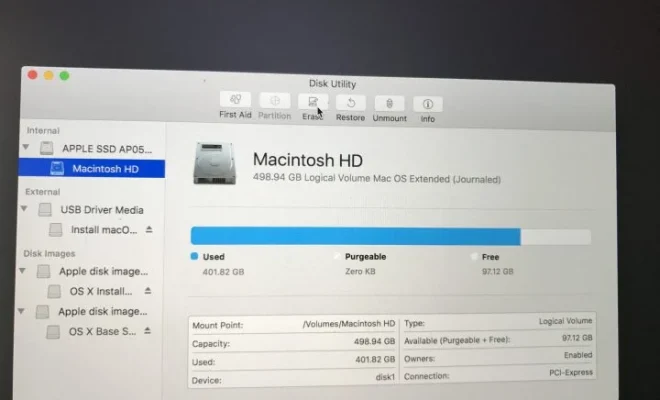Blu-Ray Technology History and The DVD [Technology Explained]

The evolution of technology has had an incredible impact on how we consume content. From vinyl records, cassettes and CDs, to streaming services, the mediums of entertainment have evolved drastically over time. One such evolution that took the entertainment world by storm was the rise of DVDs and later on, Blu-Ray technology.
DVDs were introduced in the late 1990s and quickly became the go-to medium for watching movies at home. Compared to the previously used VHS tapes, DVDs offered better quality, durability, and convenience, making them an instant hit among consumers. DVDs relied on a red laser to read the discs, which could store up to 4.7 GB of data on a single layer, and up to 9.4 GB on a dual-layer version. DVD players quickly became a common household item, and the movie industry had a new revenue source.
As innovation continued, in 2006, Sony introduced their new high-definition disc format: Blu-Ray. While the first Blu-Ray console was the PlayStation 3, the format quickly caught on for movie lovers. The key difference of Blu-Ray from DVD was the use of a blue laser to read the disc. This provided much higher storage capacity than DVDs, with a single layer holding about 25 GB and a dual-layer holding up to 50 GB of data. With high-definition resolution and high-quality audio, Blu-Ray discs allowed users to explore their favorite films with enhanced clarity and definition.
Blu-Ray technology was a considerable jump from DVD, but it didn’t catch on as quickly as its predecessor. One reason is the cost, both for buying a Blu-Ray player and for the movie discs themselves. In addition, streaming services like Netflix and Amazon Prime, which offer instant access to an infinite number of titles, started to become popular and affected physical format sales.
However, Blu-Ray is still a popular medium for enthusiasts and content collectors, as it offers higher quality video and audio, interactive menus, behind-the-scenes features, and exclusive content like extra bonus footage or director’s cuts. Moreover, Blu-Ray technology has continued to innovate with the implementation of high dynamic range (HDR), which delivers even sharper and more vivid colors and contrasts.
In conclusion, the evolution of entertainment mediums has been marked by changes that improved the user experience, from VHS tapes, CDs, DVDs, and now to digital streaming services. While the popularity of DVDs has diminished over time, they still remain a reliable and cost-effective option for many. Blu-Ray technology may have struggled initially to catch on, but it remains a vital medium for collectors and enthusiasts who demand the highest quality viewing experience. With advancements in technology yet to come, both DVD and Blu-Ray will continue to mark their place in the entertainment world for years to come.





